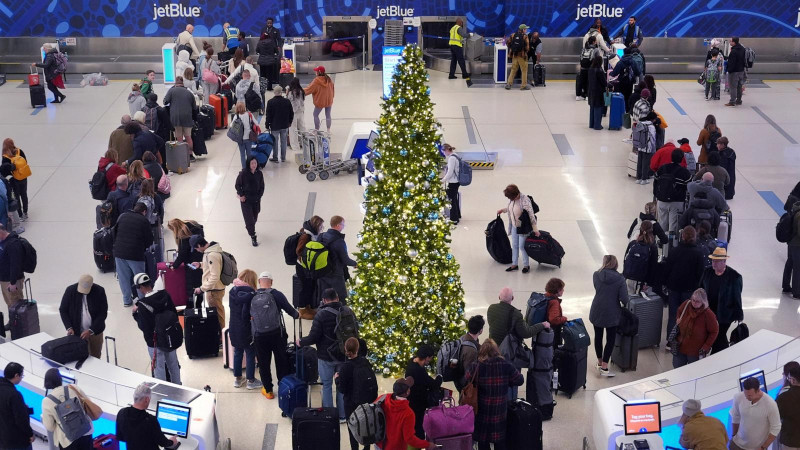As the U.S. federal government enters its latest shutdown on October 1, 2025, the ripple effects are already hitting air travel hard, with the Transportation Security Administration (TSA) caught in the crossfire. TSA officers, deemed essential workers, will continue screening passengers at airports nationwide, but without paychecks until Congress sorts out the funding mess. This isn't new—back in 2018, a similar standoff led to widespread absences as frustrated employees called out sick, causing lines to snake through terminals for hours.
Indeed, the current impasse, sparked by partisan battles over spending bills, threatens to repeat those headaches. Over 60,000 TSA personnel are expected to report for duty unpaid, and experts warn that morale could plummet quickly, potentially leading to staffing shortages at major hubs like Atlanta, Chicago, and Los Angeles. Airlines aren't mincing words either; major carriers have alerted passengers to brace for delays, as air traffic control faces its own disruptions from the Federal Aviation Administration furloughing around 11,000 employees—about a quarter of its workforce.
However, the fallout extends beyond security checkpoints. Flight schedules might wobble if controllers burn out or if safety inspections lag due to halted non-essential operations. Travelers heading to national parks could find gates locked, too, compounding the chaos for holiday plans. Moreover, the economic toll is mounting; a prolonged shutdown could cost the travel industry billions, echoing the $11 billion hit from 2018-2019. Small airports, reliant on federal grants, may see services curtailed abruptly.
Yet, for now, the TSA insists operations will proceed as usual, urging passengers to arrive three hours early just in case. This latest shutdown, the first full one since 2019, underscores the fragility of America's travel infrastructure amid political gridlock. One can't help but wonder how long lawmakers will let these disruptions drag on before passengers pay the real price.

